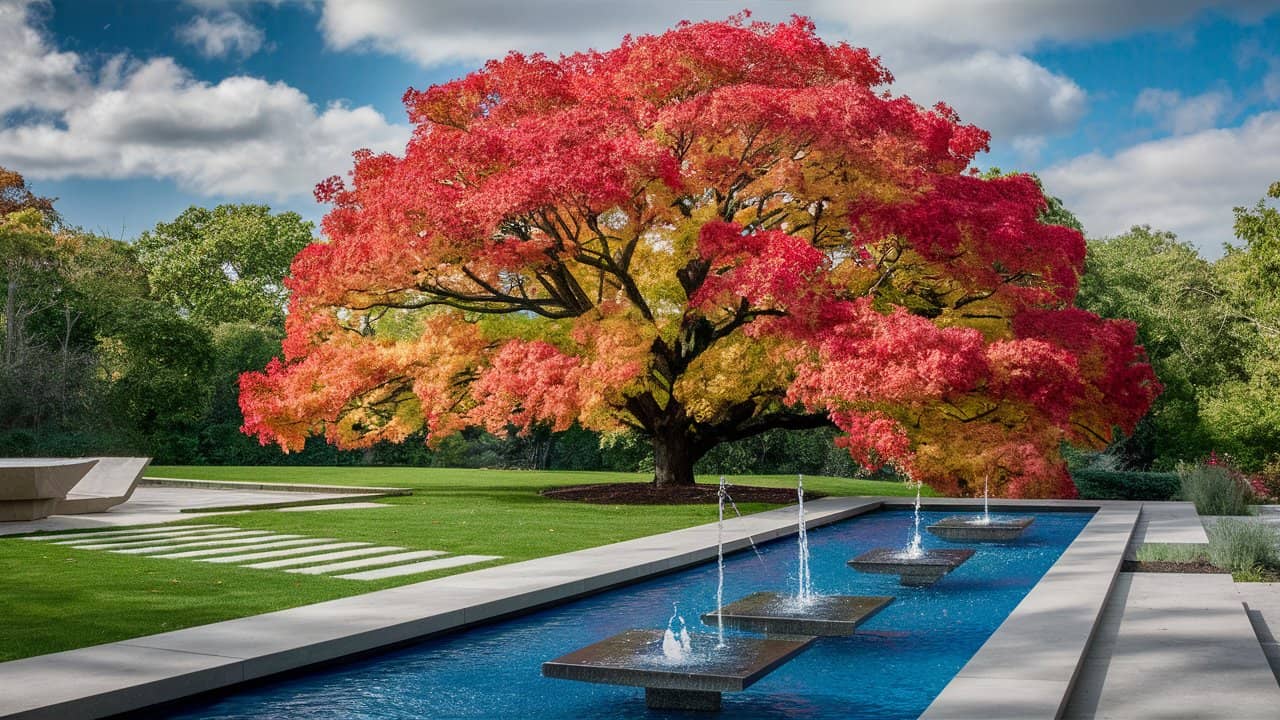Maple trees are renowned for their vibrant foliage and ability to provide ample shade.
Whether you’re looking to add a splash of color to your garden or create a tranquil shaded area, maples are a versatile choice.
With a variety of species available, each offering unique characteristics, there’s a maple tree to suit every garden and landscape design.
1. Sugar Maple
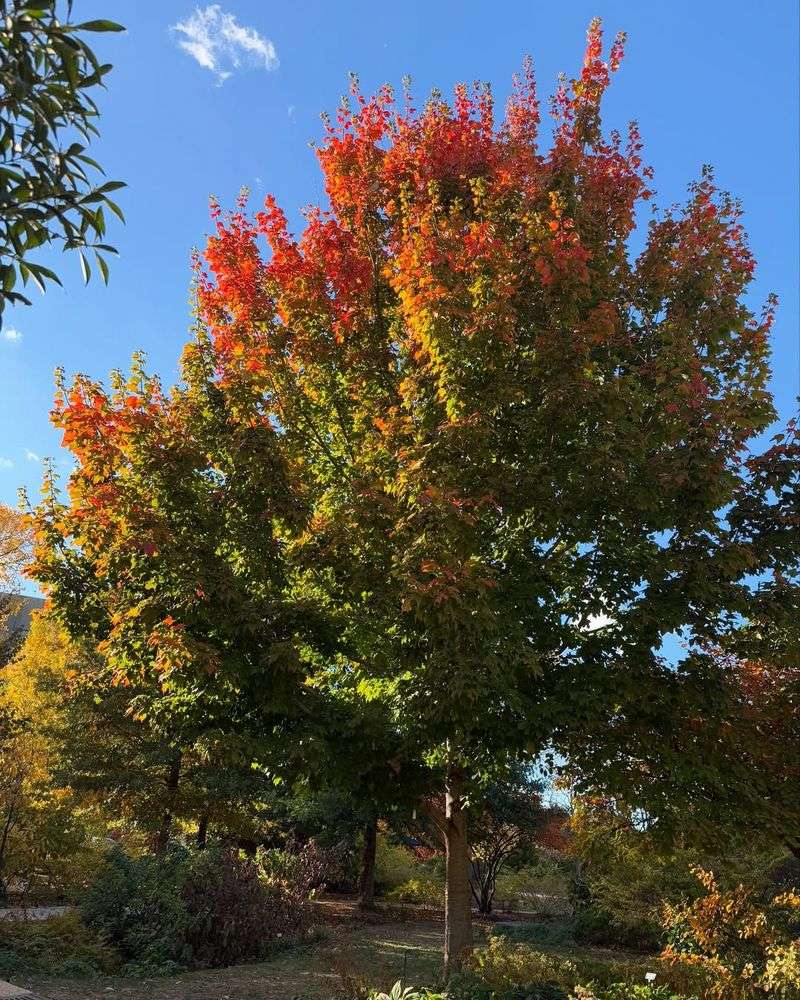
The Sugar Maple is treasured for its stunning autumn hues, transforming gardens with its vibrant orange and red leaves.
This majestic tree not only adds beauty but also creates a delightful shaded retreat. In spring, its delicate yellow flowers attract pollinators.
With its sturdy branches, the Sugar Maple is an excellent choice for tire swings, making it a family-friendly addition to any backyard.
2. Red Maple
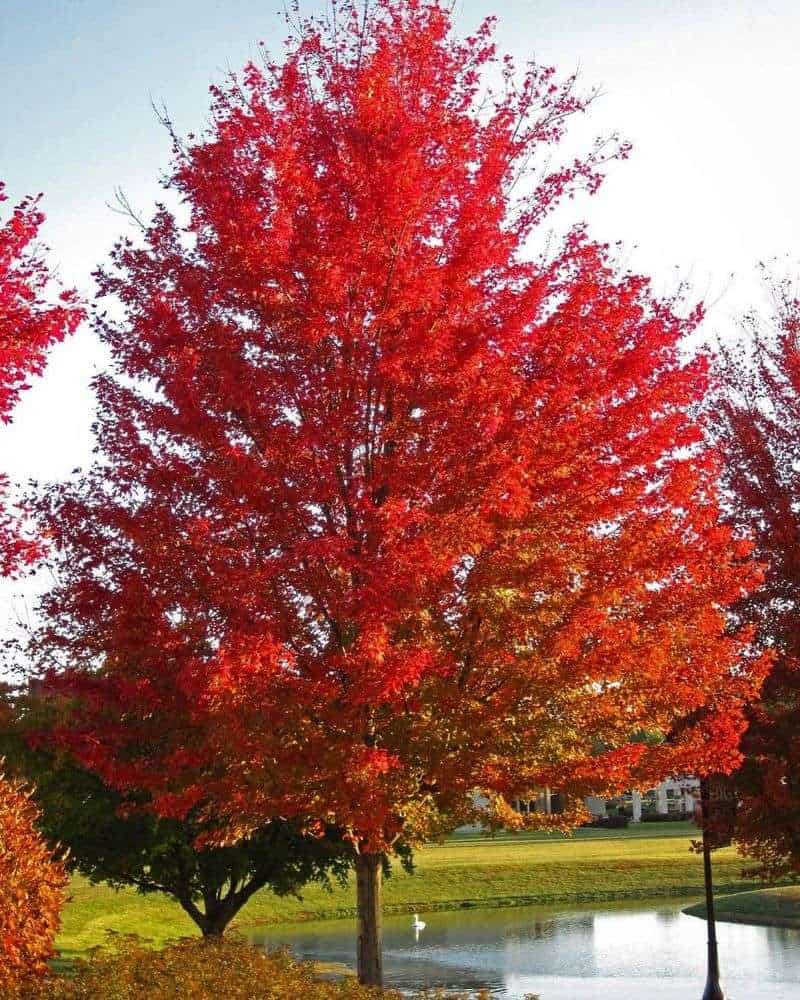
Red Maples are celebrated for their striking red foliage, offering a dramatic contrast in any garden.
In spring, they produce small red flowers, adding an extra splash of color. These adaptable trees thrive in a range of soil types, making them easy to grow.
Their dense canopy provides excellent shade, perfect for creating cozy outdoor spaces where families can gather and enjoy the natural beauty.
3. Silver Maple
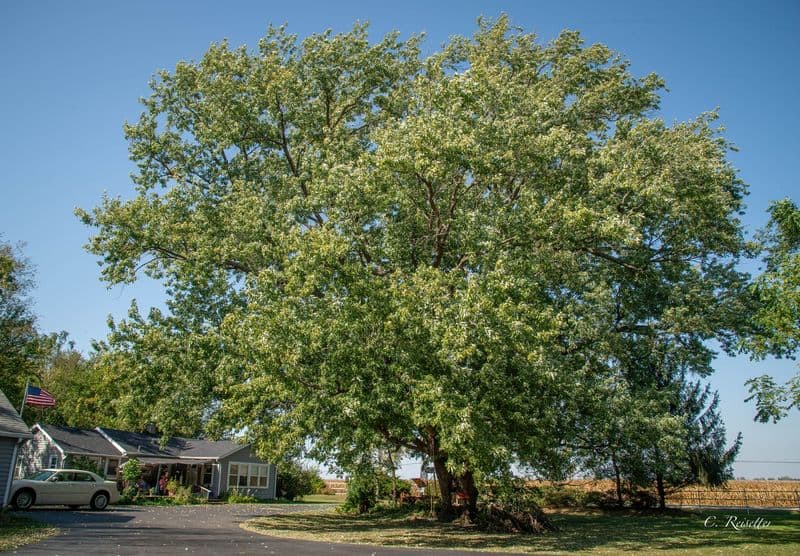
Silver Maples stand out with their shimmering silver undersides, creating a unique visual effect when the wind rustles through their branches.
These fast-growing trees are perfect for quickly establishing shade in new gardens. Their expansive canopy offers a cool respite during hot summers.
While they require regular maintenance to manage their rapid growth, their beauty and shade make them worthwhile.
4. Japanese Maple
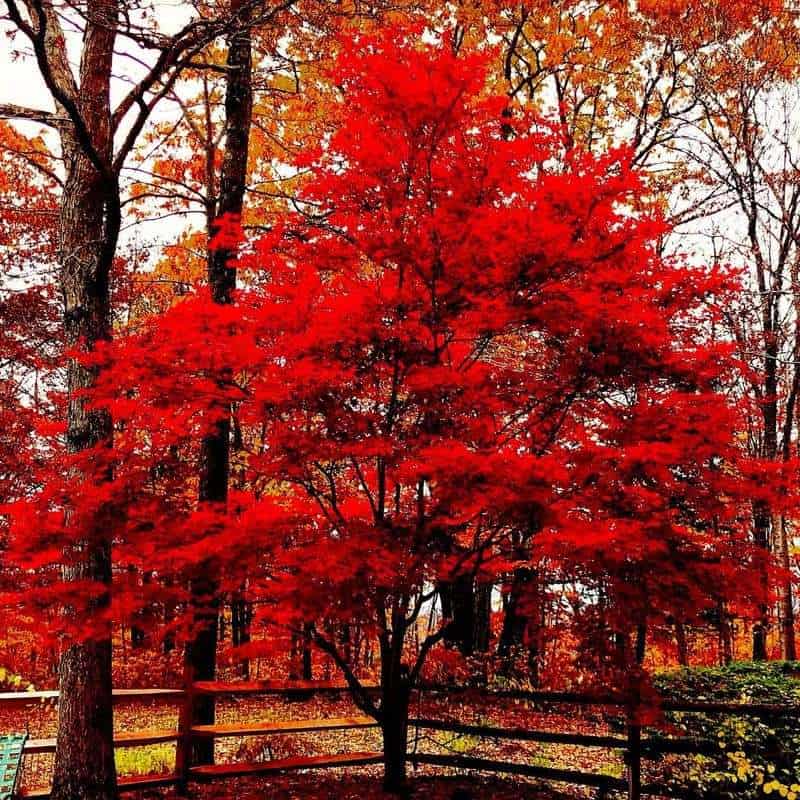
Japanese Maples are admired for their elegant, lacy leaves and compact size, making them ideal for smaller gardens.
Their leaves come in stunning shades of red, purple, and green, adding a touch of exotic beauty.
As the seasons change, their foliage transforms, providing year-round interest. Plant them near water features or pathways to create a mesmerizing focal point in your landscape.
5. Norway Maple
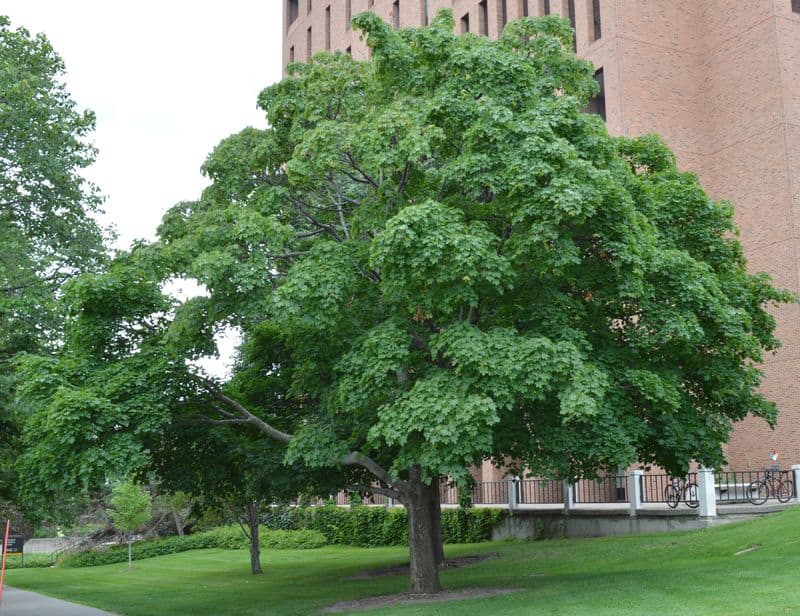
Norway Maples are known for their broad leaves and dense shade, making them popular in urban landscapes.
Their hardy nature allows them to withstand pollution, making them suitable for city gardens. In autumn, their leaves turn a brilliant yellow, creating a golden spectacle.
Although they can be invasive, proper management ensures they remain a beneficial addition to any garden setting.
6. Amur Maple
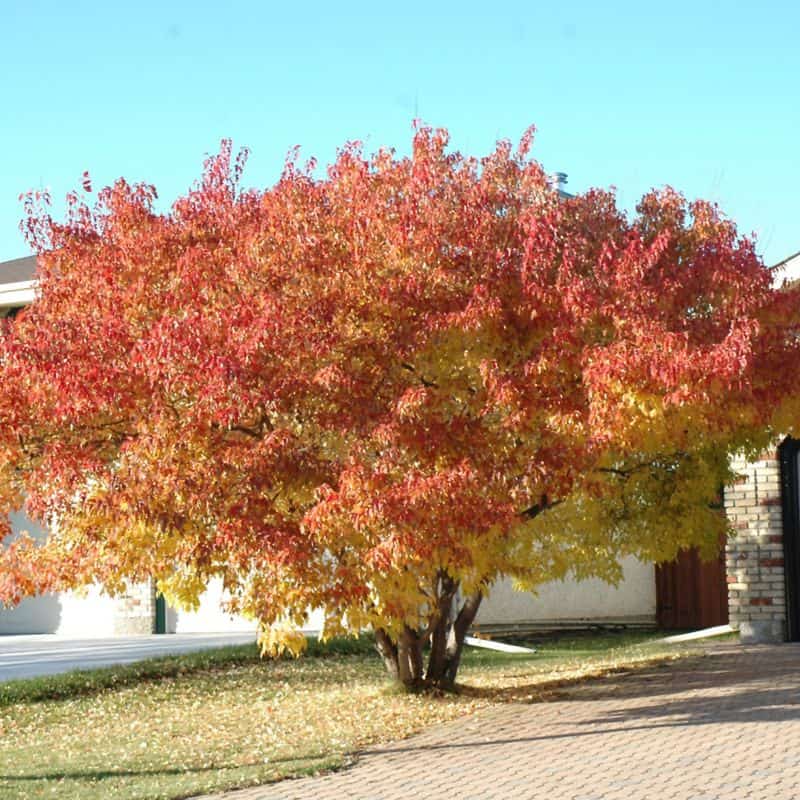
Amur Maples are perfect for smaller gardens, offering vibrant red and orange foliage in the fall.
Their compact size makes them easy to manage, while their stunning leaves provide a captivating display.
These trees are hardy and adaptable, suitable for various climates. Use them as a focal point in your landscape design to enjoy their beauty and the delightful shade they offer.
7. Black Maple
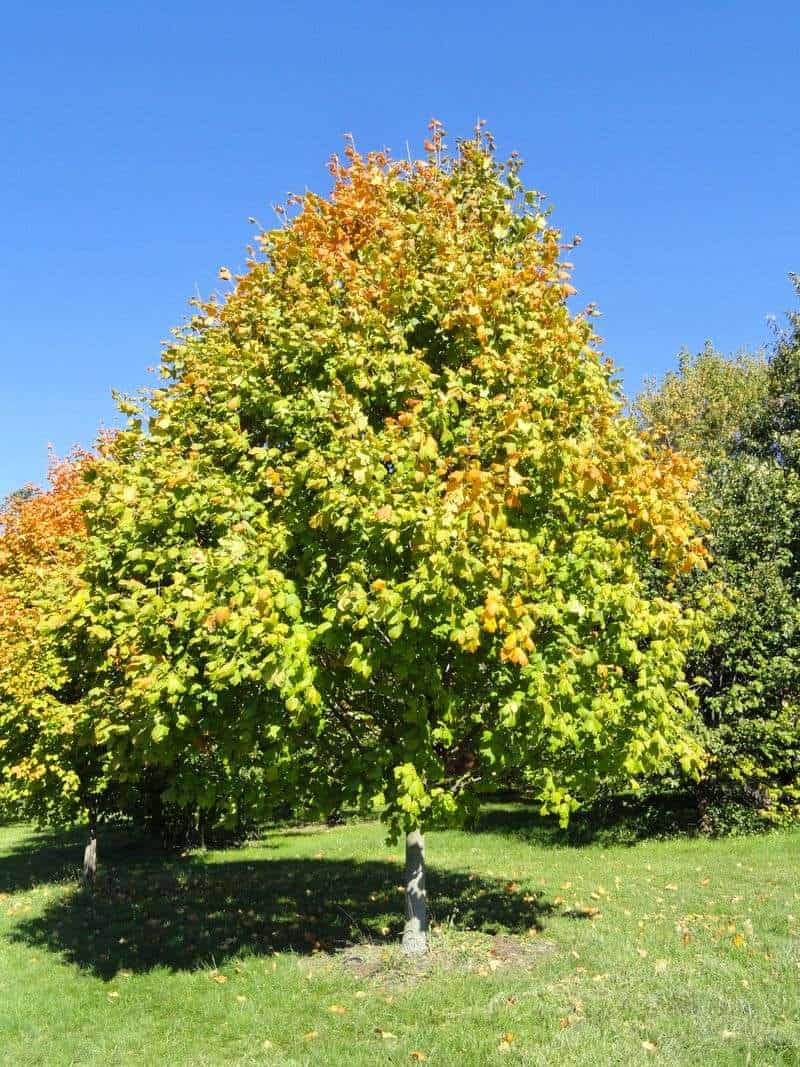
The Black Maple, closely related to the Sugar Maple, is a majestic tree that graces gardens with its lush, golden-yellow foliage in autumn.
Known for its hardiness, it can thrive in a variety of soil types, making it an adaptable choice for many landscapes.
This species stands out for its impressive height, often reaching up to 80 feet, providing ample shade for any garden space.
8. Paperbark Maple
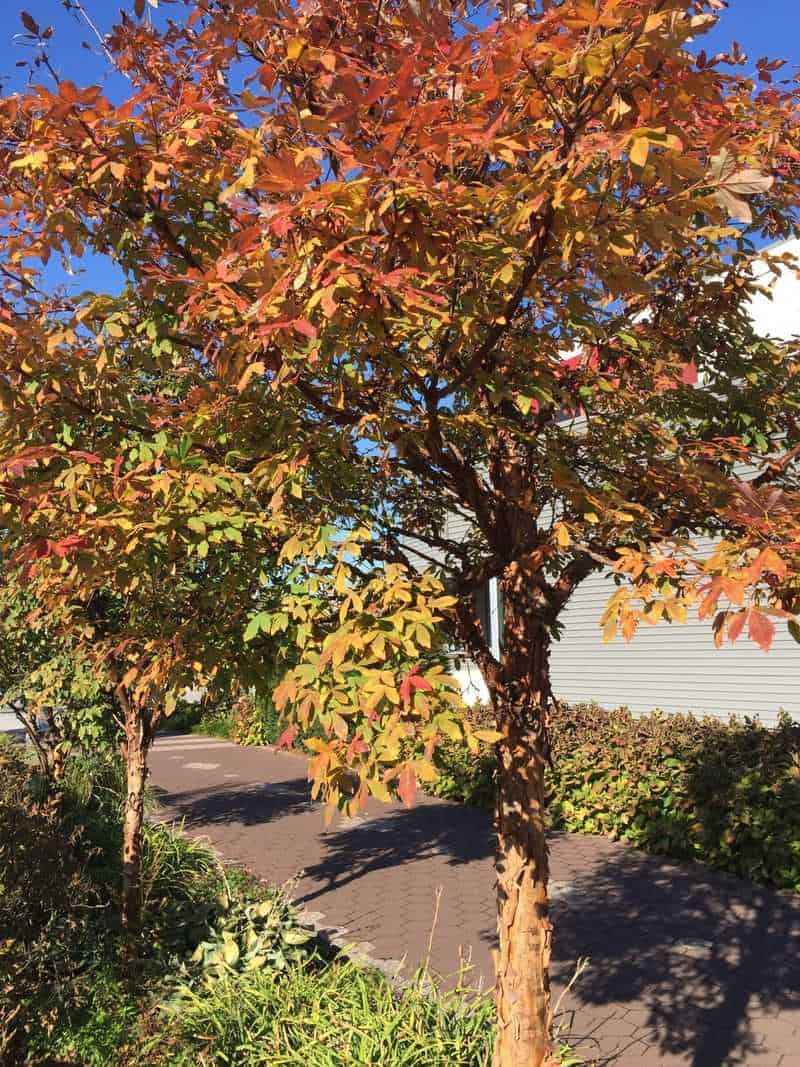
A true gem in any garden, the Paperbark Maple is celebrated for its striking, cinnamon-brown exfoliating bark.
This ornamental feature is particularly captivating in the winter months when the bark’s texture and color are most prominent.
The tree generally grows to a moderate height of about 20 to 30 feet, making it an excellent choice for smaller gardens.
9. Bigleaf Maple
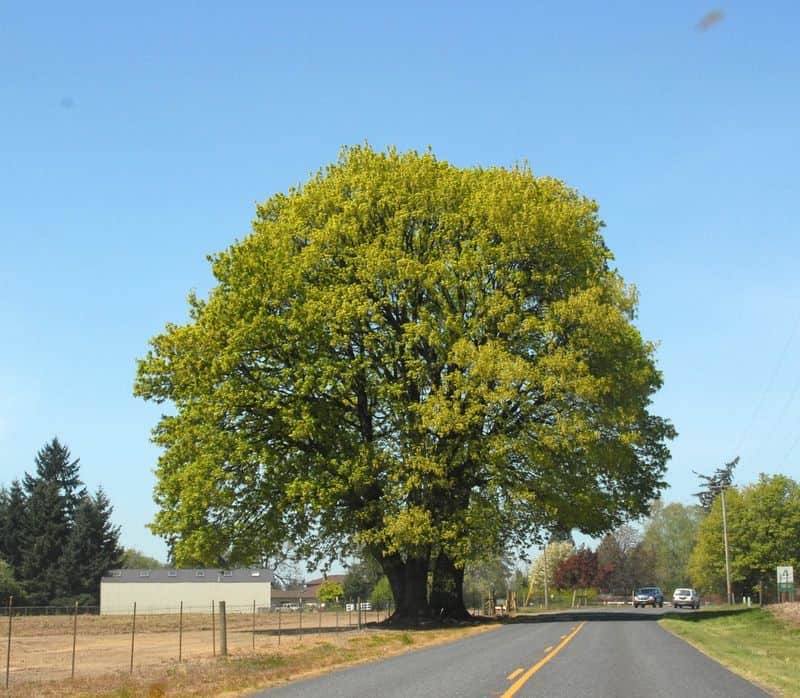
Bigleaf Maples are aptly named for their massive leaves, providing substantial shade. Found in the Pacific Northwest, these trees thrive in moist environments.
They are ideal for large spaces where their expansive growth can be appreciated. In the fall, their yellow-orange leaves create a striking contrast against evergreens.
Use them to create natural canopies in wooded gardens, offering shelter and beauty.
10. Trident Maple
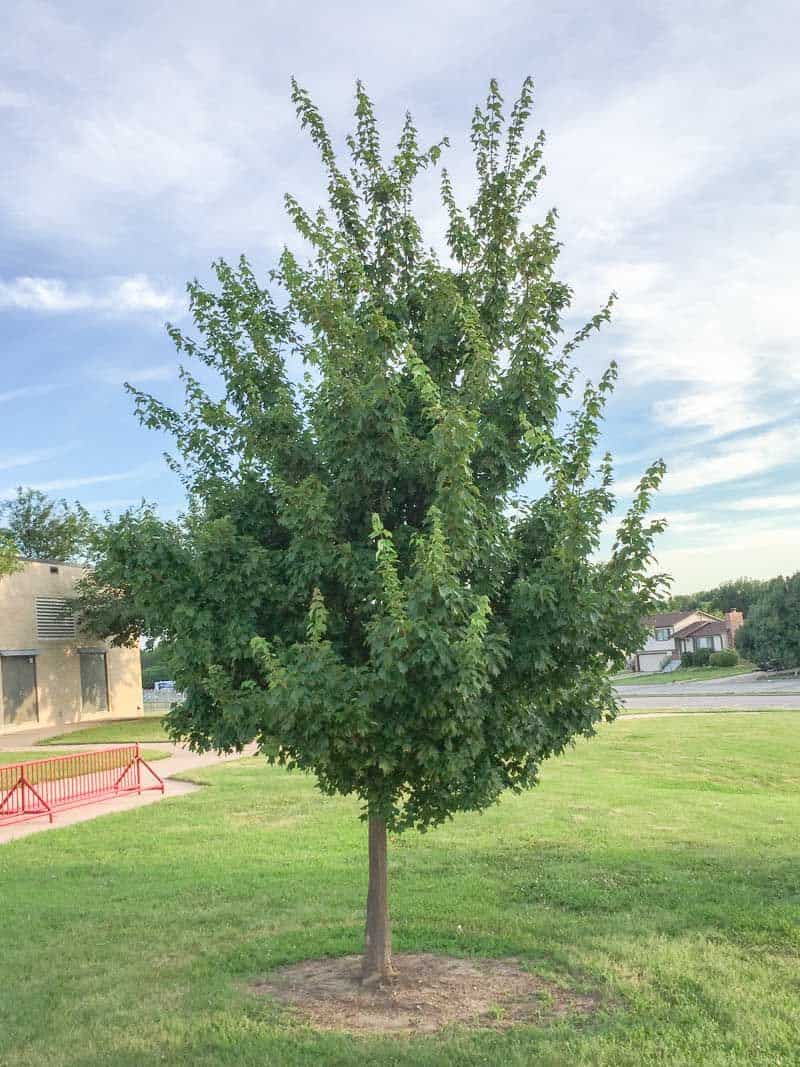
Trident Maples are distinctive with their three-lobed leaves and beautiful bark. Perfect for bonsai or small landscapes, they add elegance and charm.
Their leaves turn vivid red and orange in autumn, providing a seasonal spectacle. These trees adapt well to different soils and climates.
Plant them in strategic locations to enhance garden aesthetics, offering both beauty and practicality with their shading capabilities.

